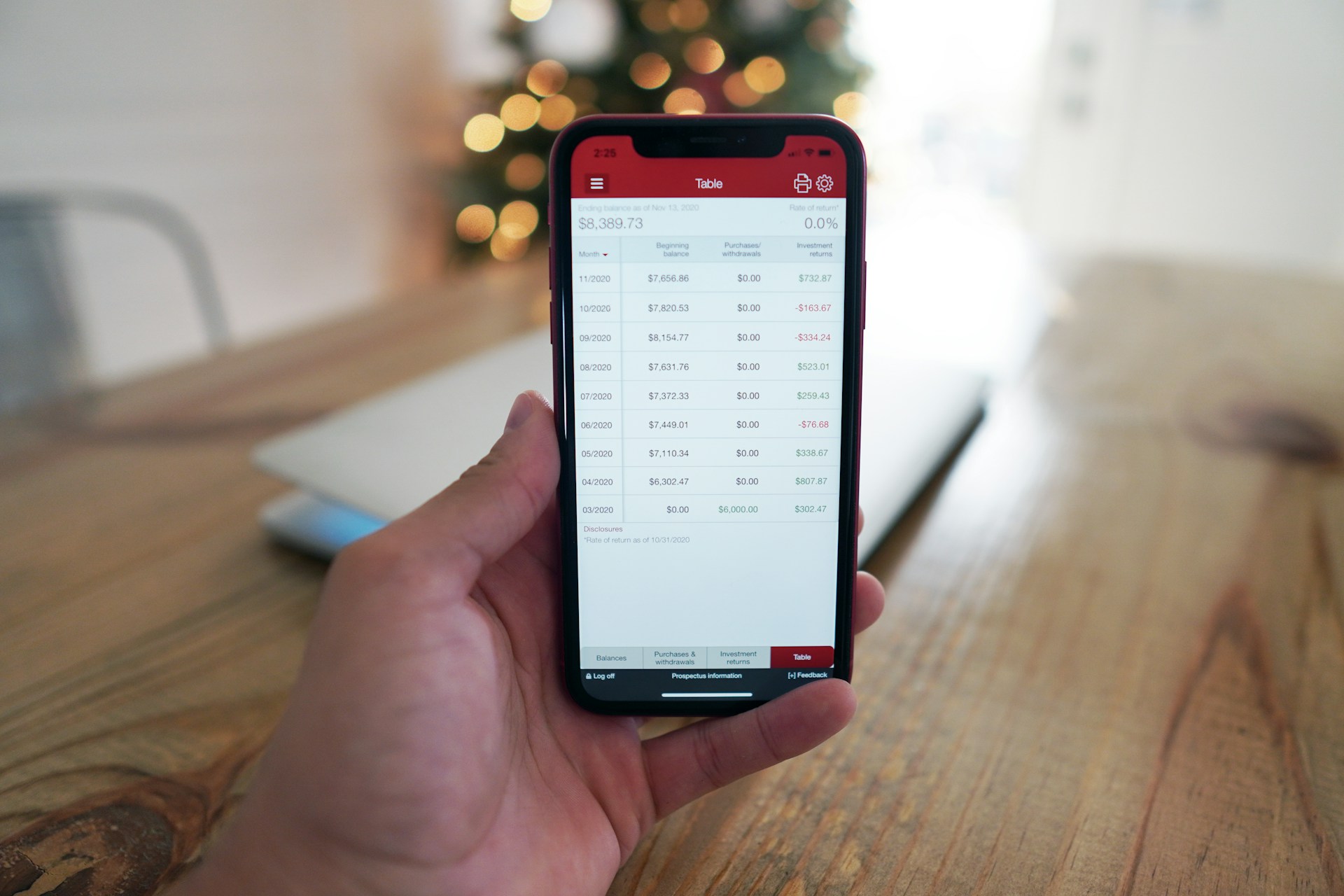Unlocking Vanguard’s 4.7% Risk-Free Savings Account

When looking for a safe and insured place to grow your cash, you no longer have to rely on lesser-known online banks. Vanguard offers a better alternative with its Cash Plus Account, which provides an impressive 4.7% annual yield on your deposits. Even better, this account comes with FDIC coverage of up to $1.25 million for individual accounts, far surpassing many traditional high-yield savings accounts. If you’re looking for a secure place for your money with great returns, you just need to know where to look at Vanguard.
Vanguard Cash Plus: A Competitive Option
Vanguard’s Cash Plus Account stands out with its high yield, but it’s not automatic — you have to sign up for it. Compared to big-name banks, Vanguard’s offering blows most out of the water. It’s a simple, no-fee, and high-return option for those looking to get more from their idle cash. Traditional bank savings accounts, including those offered by major players like Charles Schwab and E-Trade, tend to pay out significantly less on uninvested cash.
For example, E-Trade places your cash in a Bank Deposit Program that only pays a meager 0.01% annual return on balances up to $499,999, and that’s not even FDIC-insured. Charles Schwab does offer FDIC-insured accounts, but its Schwab Bank Investor Savings only pays 0.48% annually. Even their certificates of deposit (CDs), which lock up your money for at least 30 days, offer limited flexibility and come with low interest rates. In contrast, Vanguard’s Cash Plus gives you flexibility with a much better yield, without locking your funds away.
Moving Away from Traditional Banks
While some online banks, like Discover Financial, offer relatively higher rates (around 4.25%), they still fall short compared to Vanguard’s 4.7%. Smaller banks may offer even higher rates, such as Brio Direct’s 5.35%, but these options often come with trade-offs in terms of accessibility and the level of service.
What makes Vanguard’s Cash Plus particularly compelling is that it has no fees and no required minimum balance. Additionally, joint accounts enjoy FDIC coverage up to $2.5 million, giving couples even greater security for their funds. While the account doesn’t offer checks or an ATM card, you can easily transfer funds to other accounts with ATM access as needed, offering flexibility without the inconvenience.
The Power of Interest Rate Differences
Many people might assume the difference in savings account interest rates isn’t substantial, but this couldn’t be further from the truth. For instance, leaving $100,000 in an E-Trade account at their 0.01% rate yields just $10 over the course of a year. On the other hand, that same $100,000 in Vanguard’s Cash Plus at 4.7% would generate nearly $5,000 in interest over the same period. That’s a staggering difference for the same amount of money.
The bottom line is that keeping your cash in a low-yield account is effectively giving your brokerage a cheap loan. By moving your funds to a higher-yield account like Vanguard’s Cash Plus, you’re able to benefit from significantly better returns without sacrificing security.
How Small Percentage Differences Add Up Over Time
The real impact of these interest rate differences becomes even clearer when you look at the long-term effects. Over the span of 40 years, the difference between a 0.01% return and a 4.7% return on $100,000 is substantial.
| Years | Value at 0.01% | Value at 4.7% | Difference |
|---|---|---|---|
| 1 | $100,010 | $104,700 | $4,690 |
| 10 | $100,020 | $109,620 | $9,600 |
| 20 | $100,030 | $114,773 | $14,743 |
| 30 | $100,040 | $120,167 | $20,127 |
| 40 | $100,050 | $125,815 | $25,765 |
As shown in the table, after 40 years, you’d have earned an extra $25,765 by placing your funds in a Vanguard Cash Plus account instead of leaving it in an account with a 0.01% rate. These higher rates can be the key to growing your savings substantially over time.
Conclusion: Don’t Settle for Less
Vanguard’s Cash Plus Account offers a straightforward, high-yield savings option that puts your uninvested cash to work. With no fees, no minimum balances, and significant FDIC coverage, it’s an attractive alternative to the low-yield accounts at many major brokerages. If you’re looking to make the most of your savings, it’s worth considering moving your money into a higher-interest account that offers more value for your long-term financial goals.





